Lesson summary
Students will share and develop their understanding of why and how people participate in various communities through personal experiences, observations and collaborative discussion. They will identify peers who contribute positively to their classroom community. Using personal reflection, students will set a personal goal to help build a more inclusive and welcoming classroom environment.
Learning intentions
Students will:
- explore why people participate in communities, and how their own actions can help build an inclusive and welcoming environment.
Success criteria
Students can:
- explain why people participate in communities
- identify ways they can contribute to a more inclusive and supportive community
- create an action plan to help build inclusion in their school or local area.
Lesson guides and printables
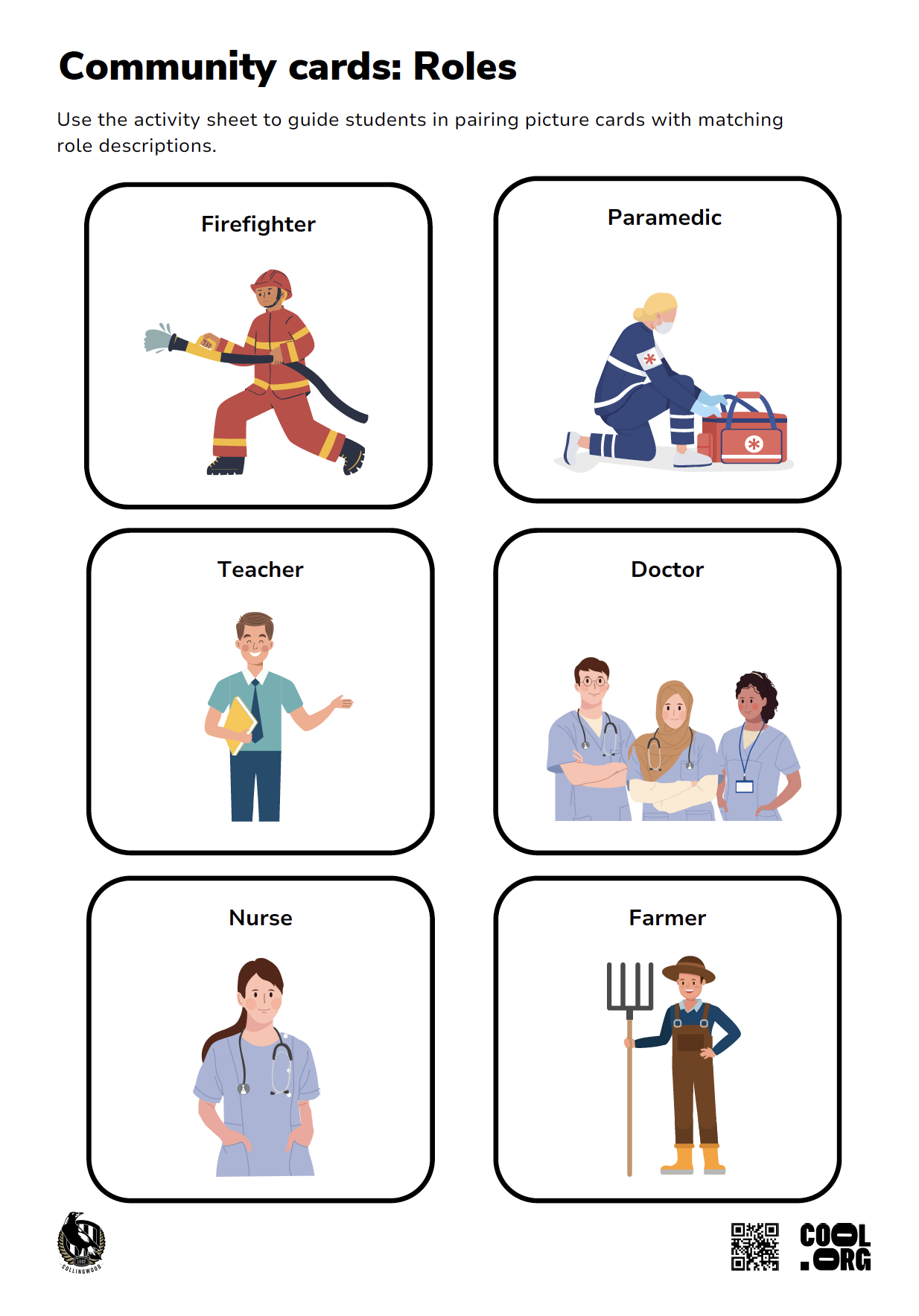
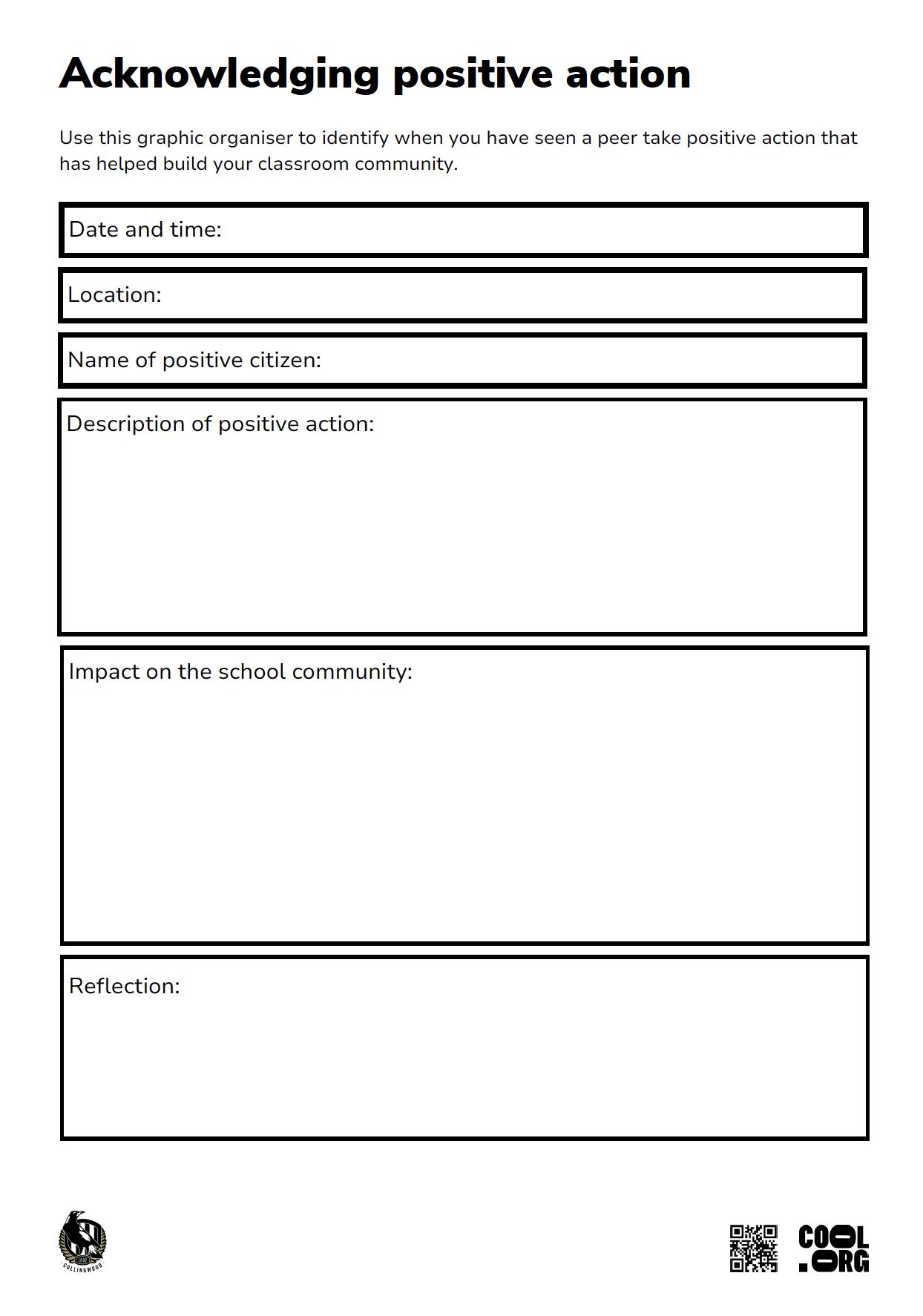
Curriculum links
Select your curriculum from the options below.
Lesson details
Skills
This lesson is designed to build students’ competencies in the following skills:
- critical thinking
- collaboration
- communication
- community engagement
- global citizenship
- reflection
- social skills
Curriculum Mapping
Australian Curriculum (v9.0) content description:
Year 3, HASS
Students learn:
- why people participate within communities and how students can actively participate and contribute to communities (AC9HS3K07).
Relevant parts of Year 3 achievement standards: Students describe the importance of rules and people’s contributions to communities.
General capabilities: Critical and Creative Thinking, Ethical Understanding, Intercultural Understanding, Literacy, Personal and Social Capability
Cross-curriculum priority: Aboriginal and Torres Strait Islander Histories and Cultures, Asia and Australia’s Engagement with Asia, Sustainability
Level of teacher scaffolding: Medium – facilitate class discussion and monitor collaborative tasks.
UN Sustainable Development Goals
- Target 4.7: By 2030, ensure that all learners acquire the knowledge and skills needed to promote sustainable development, including, among others, through education for sustainable development and sustainable lifestyles, human rights, gender equality, promotion of a culture of peace and non-violence, global citizenship and appreciation of cultural diversity and of culture’s contribution to sustainable development
Resources Required
- A3 paper
- Activity sheet - Acknowledging positive action
- Activity sheet - Community cards
- Device capable of displaying audiovisual material
- Envelopes
- Sticky notes
- Student Worksheet
- Whiteboard
Additional Info
These resources have been created with the support of the Collingwood Football Club and Collingwood Football Club Community Foundation. The Collingwood Football Club Foundation leads social and cultural change through football, and is committed to leading, acting, progressing and inspiring anti-racism, cultural safety, diversity, equity and respect.
Related Professional Learning
Using the Cool.org Act Framework in the Classroom - Primary
Quick summary: This course provides strategies and tactics for enabling action at a range of levels and configurations with your students.
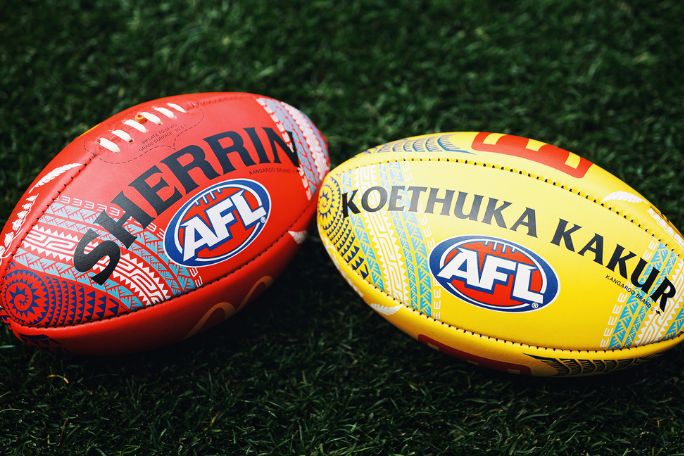
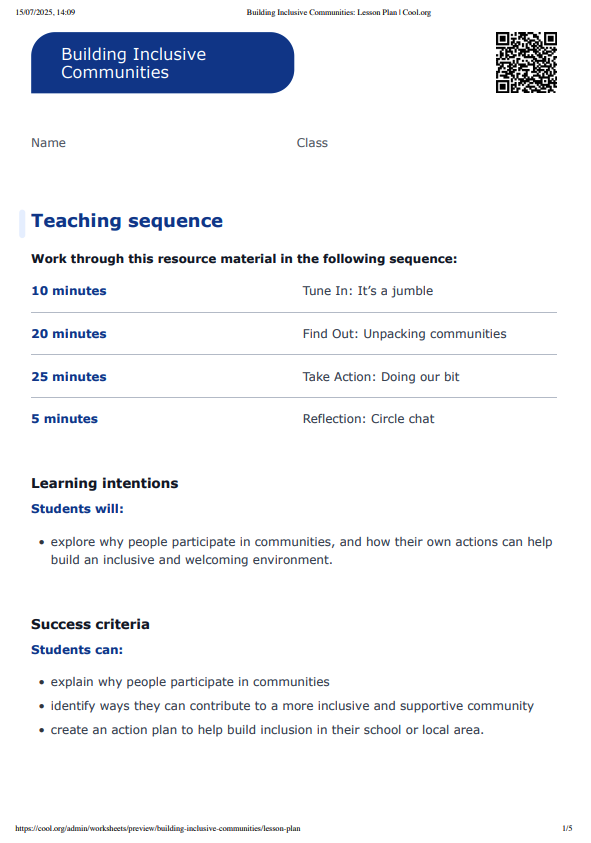

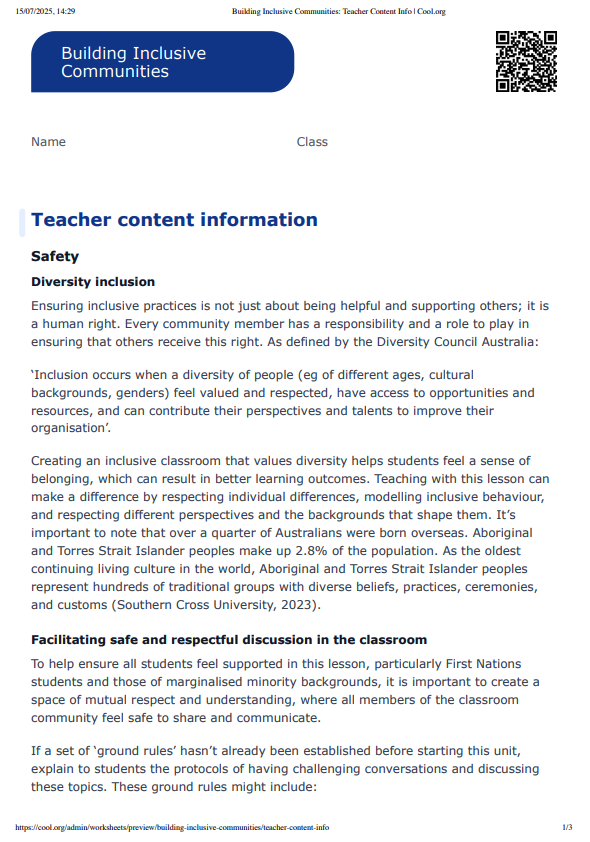
Welcome back!
Don't have an account yet?
Log in with:
Create your free Cool.org account.
Many of our resources are free, with an option to upgrade to Cool+ for premium content.
Already have an account?
Sign up with:
By signing up you accept Cool.org's Terms and Conditions(Opens in new tab) and Privacy Policy(Opens in new tab).